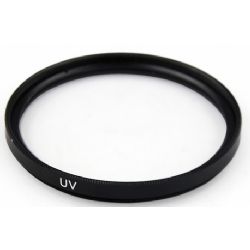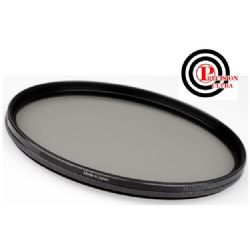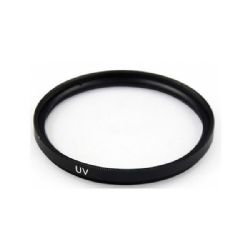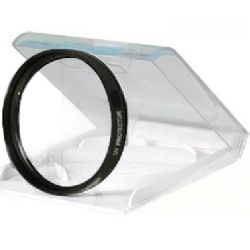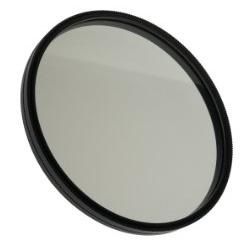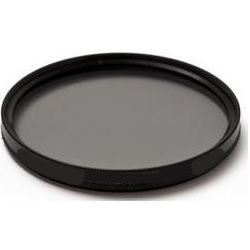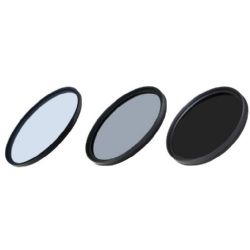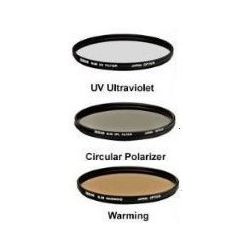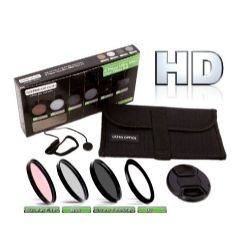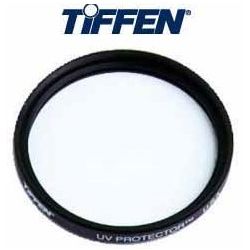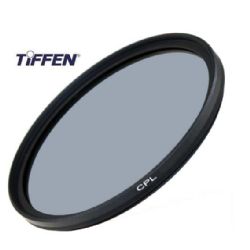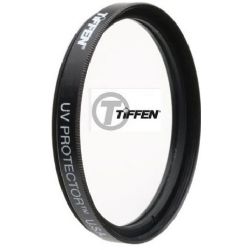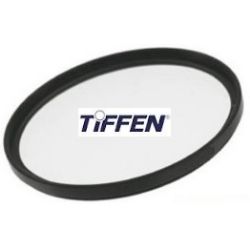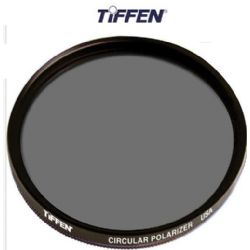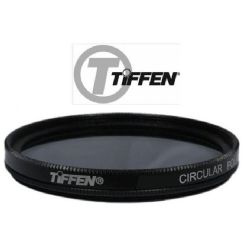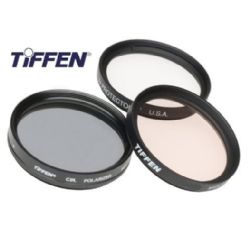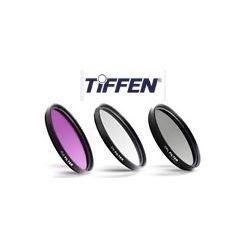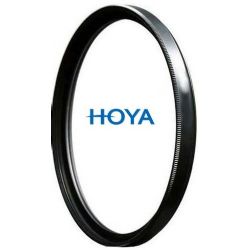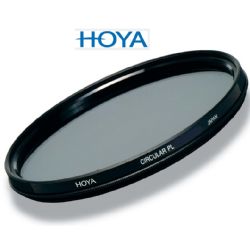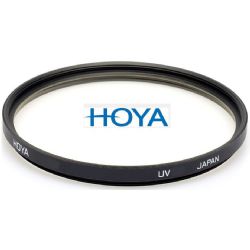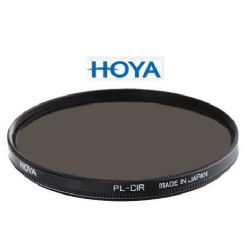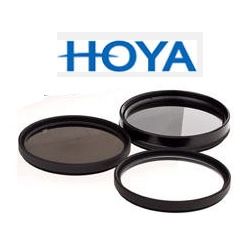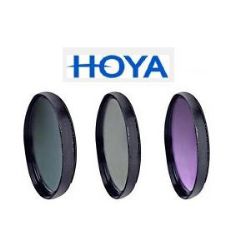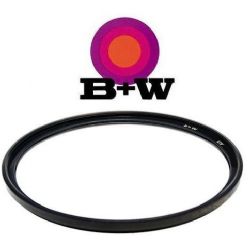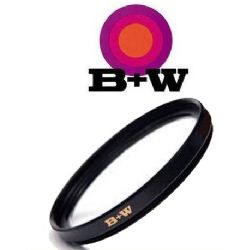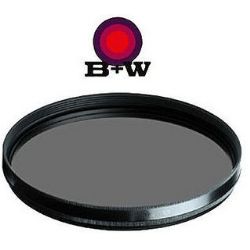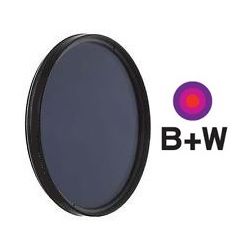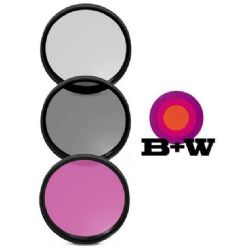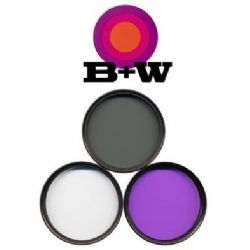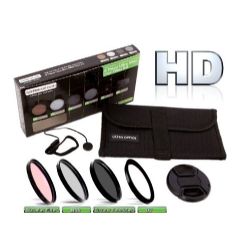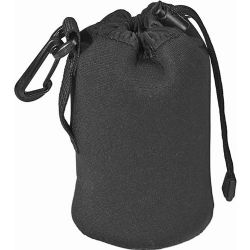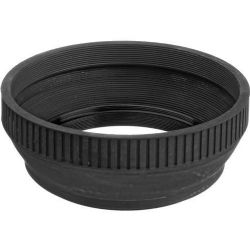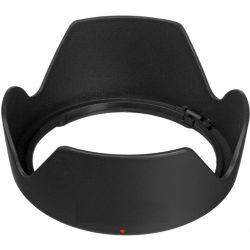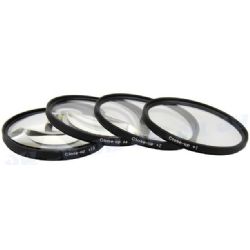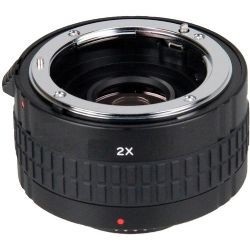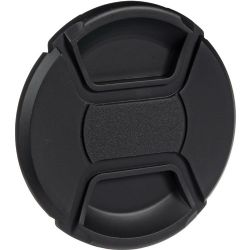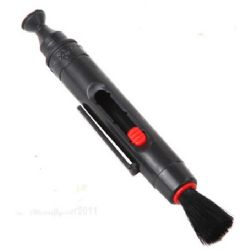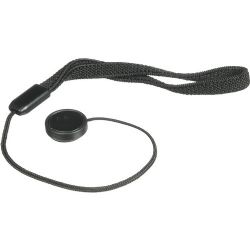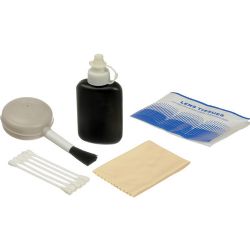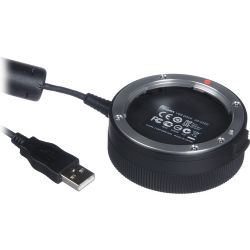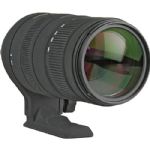



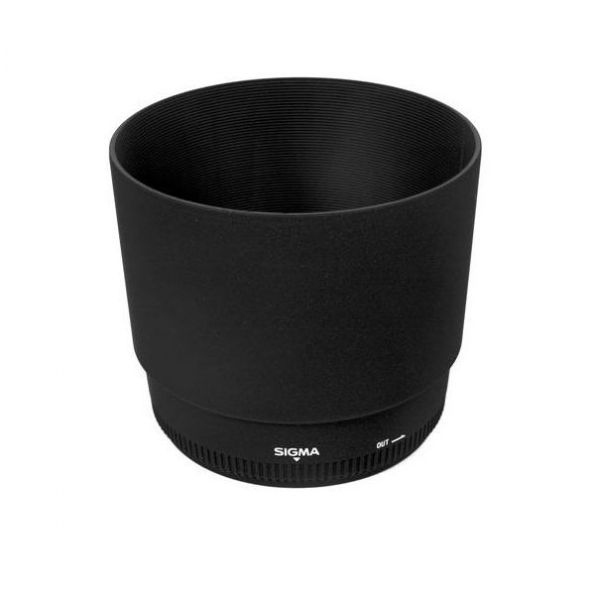
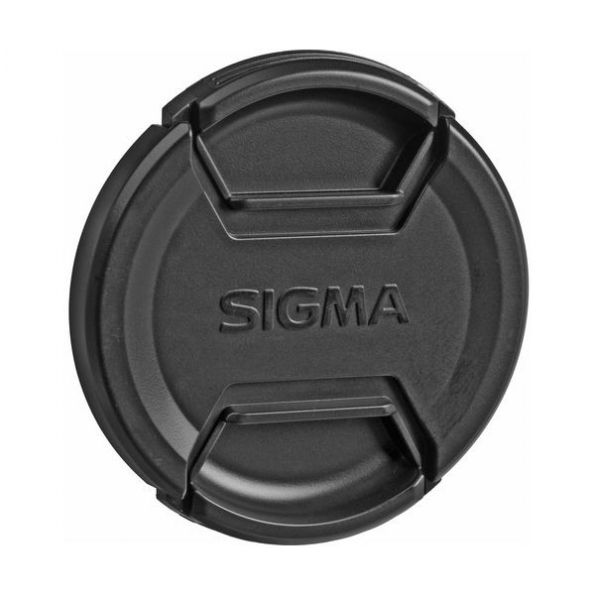



Sigma 120-400mm f/4.5-5.6 DG OS HSM APO Autofocus Lens for Canon
$729.00
$1,099.00
You Save: $370.00 (34%)
In Stock
Ships in 1-2 Business Days
Item: 296624
Manufacture: Sigma
Condition: New
ALSO AVAILABLE:
Extended Warranty Protection Plans
Filters & Filter Kits
Pouches & Cases
Assorted Hoods
Extenders, Converters, Close Up Accessories
Caps & Lens Holders
Lens Cleaning & Care
Cables, Adapters & Storage Devices
The 120-400mm is a fairly sharp lens, but its performance is optimized for the wider range of its focal length spectrum. As you zoom in towards the 400mm range, image sharpness degrades significantly. Optimal image sharpness was achieved at either 120mm and ƒ/5.6, or 150mm and ƒ/8.
Wide open and wide-angle (120mm, ƒ/4.5) image sharpness is quite good, with test results showing 1.5 blur units across the frame. Stopping down to ƒ/5.6 improves central sharpness to 1 unit, but there is still some very slight corner softening. Diffraction limiting seems to set in at ƒ/11, but image quality never gets so bad, reaching 2.5 blur units at ƒ/22. Results at 150mm are almost the same, just a tad less sharp.
However, at 200mm and above, image sharpness starts to worsen. Our sample copy of the lens also showed some centering issues at this focal length. Sharpness showed results of between 1-2 blur units in a very small central region, while corner softness reached 4.5 blur units; as the lens is stopped down, quality improves dramatically at ƒ/8 and ƒ/11 (1 blur unit centrally, 2-3 units in the corners) and the image is generally soft at ƒ/25 (3 blur units).
Between 300 and 400mm, performance when used wide open (ƒ/5.6) is nothing to write home about - very uneven and soft (3-5 blur units at 300mm, and 5-8 units at 400mm). Stopping down to ƒ/8 or ƒ/11 is necessary to get any kind of sharpness out of the lens at this focal length. Interestingly, image sharpness is better at ƒ/22-29 than when used wide open at these focal lengths.
Full-frame performance is similar across all focal lengths and apertures, although corner softness is generally more of a factor throughout. We do note some interesting ''blips'' of extreme corner softness, particularly at 250mm. Optimum performance on a full-frame body is 120mm or 150mm at ƒ/8.
Chromatic Aberration
The 120-400mm ƒ/4.5-5.6 tolerates chromatic aberration very well, better at the wider end of its focal length range. At 120mm the lens shows less than 2/100ths of a percent of frame height CA generally, and less than 3/100ths in the corners. This is very good performance. As the lens is zoomed in and stopped down CA tolerance degrades slightly, but never objectionably. Even at 400mm and ƒ/5.6, performance is still good at less than 3/100ths generally and 4/100ths in the corners. CA performance is as good or better on a full-frame body.
| Image Circle | 35mm |
|---|---|
| Type | Telephoto Zoom |
| Focal Length | 120 - 400mm |
| APS Equivalent | 1.5x: 180 - 600mm; 1.6x: 192 - 640mm |
| Max Aperture | f/4.5 - 5.6 |
| Min Aperture | f/22 |
| Diaphragm Blades | 9 |
| Lens Construction | 21 elements in 15 groups, including 3 SLD elements |
| Diagonal Angle of View (Based on image circle) | 20.4 - 6.2 degrees |
| Focus Details | Internal, with HSM |
| Front Element Rotation | No |
| Zoom System | Rotary |
| Closest Focus | 150cm / 59.1 in. |
| Magnification Ratio | 0.24x / 1:4.2 |
| Filter Size | 77mm (Rear) |
• Front & Rear Caps
• Lens Hood
• Tripod Collar
• Case
• Strap
• Brand New Factory Fresh Import Model




